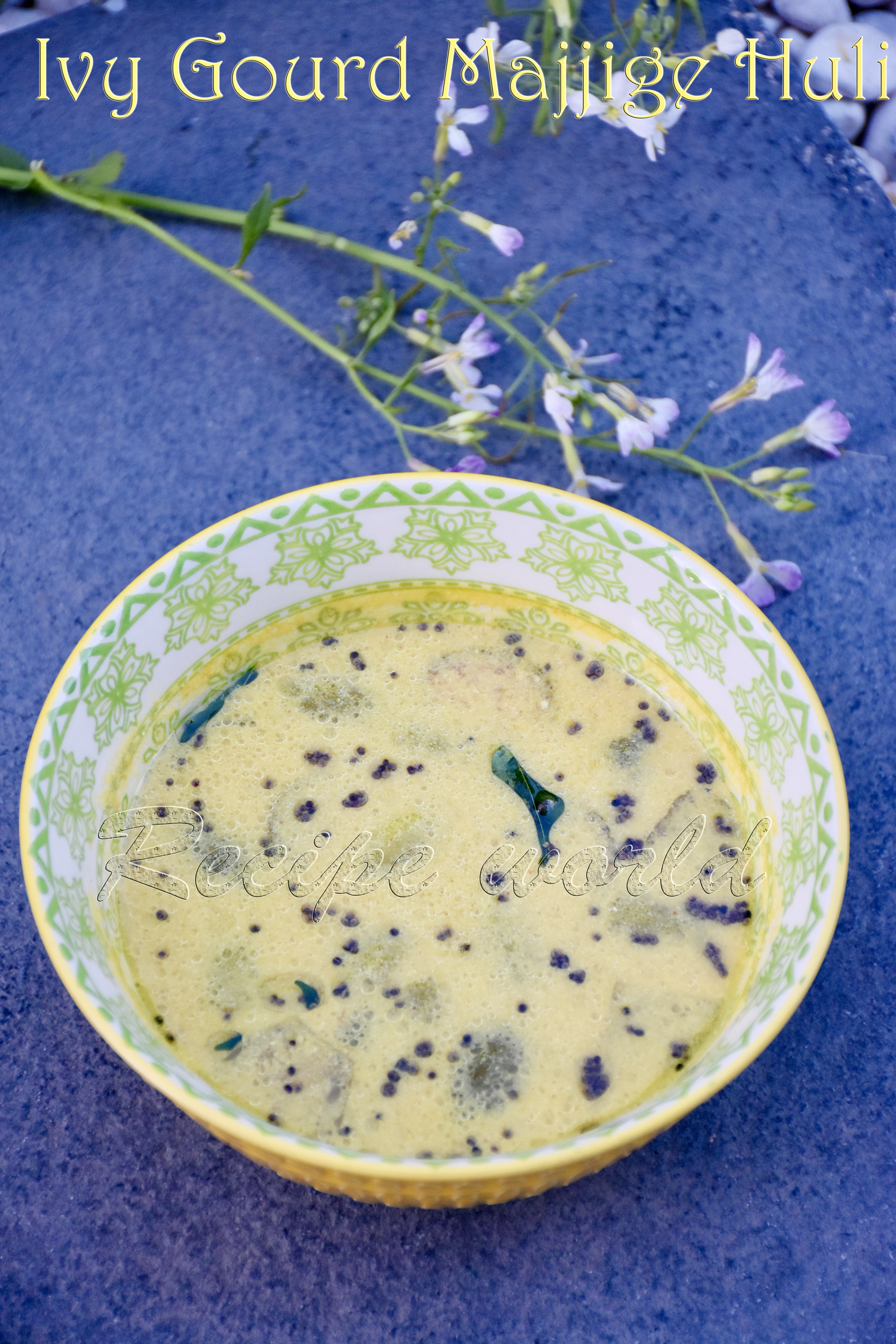ಕನ್ನಡದಲ್ಲಿ ಓದಲು ಇಲ್ಲಿ ಕ್ಲಿಕ್ ಮಾಡಿ.
We had a huge crop of pumpkins this summer. Growing our own veggies during different seasons is not only pocket saver, its stress burster too, in my opinion. It needs a bit of regular maintenance, but seeing the garden brimming with flowers, fruits and veggies, it feels worth the effort.
Pumpkins last upto 6 months if they are harvested after ripening well. We enjoy pumpkin soup every now and then for our dinner during winter nights. Other dish which my family loves is Pumpkin Sambar. This Sambar won't need onion and garlic, its vegan friendly and tastes similar to the Temple style Sambar.
Here is the recipe for you all to try:
- Preparation time: 45 minutes
- Soaking time: 20 minutes
- Serves: 6
- Difficulty level: Difficult
Ingredients:
- Pumpkin (de-seeded) - 600gm
- Toor dal - 3/4 cup
- Fenugreek seeds - 1 tsp
- Salt - to taste
- Jaggery - 1/4 tsp or to taste
- Water - as needed
- For Masala Paste:
- Cooking oil - 2 tsp (see notes)
- Dry red chillies - 5 (adjust according to taste)
- Fenugreek seeds - 3/4 tsp
- Coriander seeds - 2 1/2 tsp
- Cumin seeds - tsp
- Till seeds - 1 tsp
- Sesame seeds - 3/4 tsp
- Asafoetida / Hing - a generous pinch
- Turmeric powder - 1/4 tsp
- Curry leaves - 2
- Raw tamarind - 1 1/2 tsp or to taste (see Tips)
- Grated coconut - 3/4 cup
- For Seasoning:
- Oil - 2 tsp
- Mustard seeds - 1 tsp
- Hing - big pinch
- Curry leaves - 1 sprig
Recipe Instructions:
- Wash the toor dal in water 2 times and soak them for about 20 minutes. Then, add enough water to cover the lentils, also add a few drops of cooking oil, 1/4 tsp turmeric powder and 1 tsp fenugreek seeds. Pressure cook till 1 or 2 whistles. Make sure to cook the dal nicely, but it should not become mushy. I have cooked them till 1 whistle.
- Dice the pumpkin into medium or a bit bigger sized cubes without removing the outer skin. Outer skin avoids them from becoming too mushy while cooking.
- Heat a wide cooking pan; lightly roast the diced pumpkin along with 2 tsp oil and 1 1/2 tsp salt. Saute them for around 5 minutes and turn off the flame. Keep it aside.
- For making the masala paste, heat 2 tsp oil in a small wok. Add broken red chillies followed by fenugreek seeds. Stir them for a minute on low to medium flame. Add coriander seeds, cumin seeds. Give it a good stir, then add sesame seeds and mustard seeds. Stir it continuously till you hear the crackling sound of mustard seeds.
- Turn off the flame and add a generous pinch of Asafoetida, 1/4 tsp turmeric powder and 2 curry leaves. Also add 1 1/2 tsp raw tamarind (not the puree) and grated coconut. Give it a good mix and keep it in the same pan for another 5 minutes so that all the ingredients will be lightly roasted, including coconut.
- Grind the roasted ingredients into a thick paste consistency, by adding some water. I prefer to keep it a little course, rather than a smooth paste.
- Transfer the pressure cooked toor dal into a bigger vessel and allow to heat up on medium flame. Add salt and jaggery to taste. Add some water if its too thick.
- Once its nicely hot, add the masala paste and boil it for 4 - 5 minutes.
- Then add the roasted pumpkin cubes and adjust the consistency by adding more water (if needed). Check and adjust the taste.
- Boil it for 5 - 6 minutes or till the Pumpkin cubes are cooked. Take care not to overcook the pumpkin cubes. You can see the oil residue floating on the top of Sambar once its boiled nicely.
- Turn off the heat, add half sprig curry leaves and cover it with lid.
- Do the seasoning with 2 tsp oil, 1 tsp mustard seeds, generous pinch of Asafoetida and 5 - 6 curry leaves. Pour it on the Sambar and mix everything well.
- Delicious Pumpkin Sambar is ready to serve with hot rice!
Tips:
- Can skip adding jaggery if you don't like a sweet taste.
- Coconut oil is recommended to give it authentic taste.
- Raw tamarind is preferred than tamarind puree. If using puree, add a little lesser quantity as its concentrated one.











